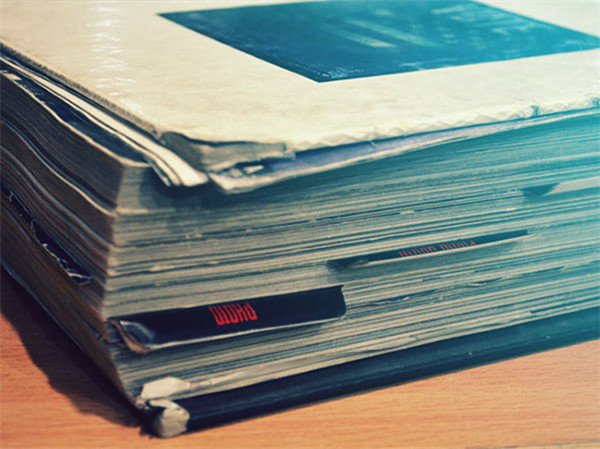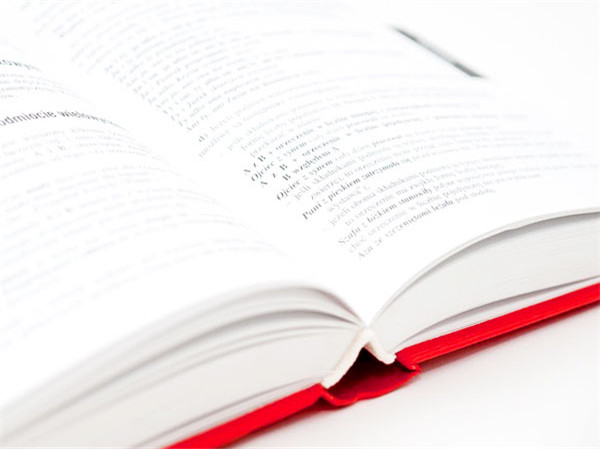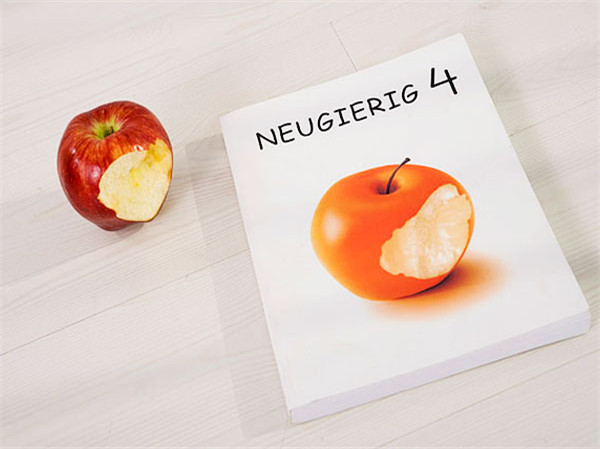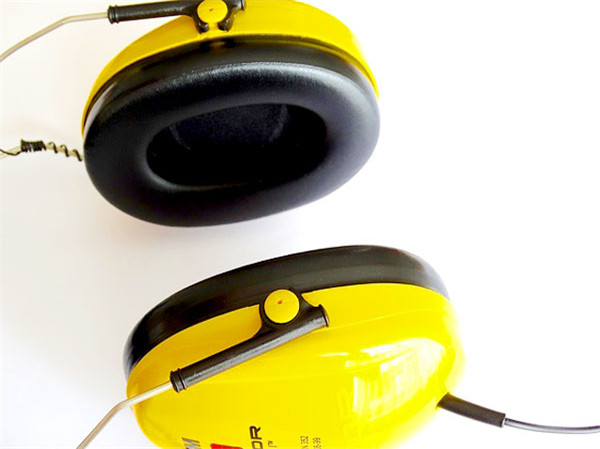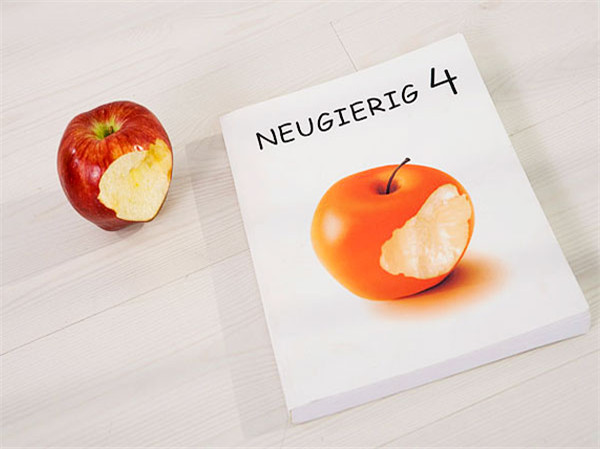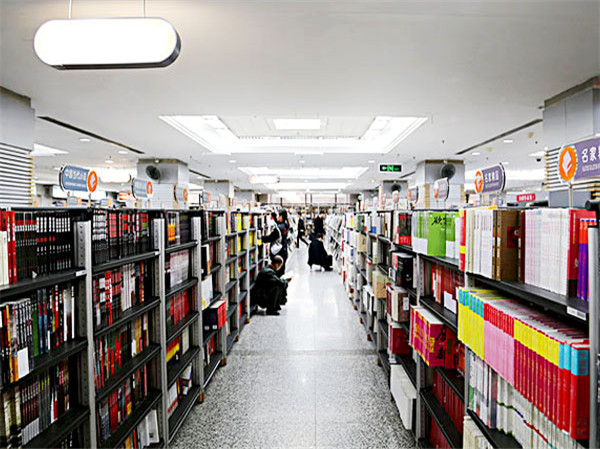现在大家在进行托福备考时官方真题Official托福模考软件相信是大家用的最多的工具了,对于托福成绩的提升是非常有帮助的。托福听力可以说是整个托福考试当中比较重要的一个部分,如何利用现有资料官方真题Official模考软件来提升大家的托福成绩呢?今天小编在这里整理了官方真题Official10托福阅读Passage1原文文本+题目+答案解析来分享给大家,希望对大家托福听力备考有帮助。

官方真题Official10托福阅读Passage1原文文本
Chinese Pottery
China has one of the world's oldest continuous civilizations—despite invasions and occasional foreign rule. A country as vast as China with so long-lasting a civilization has a complex social and visual history, within which pottery and porcelain play a major role.
The function and status of ceramics in China varied from dynasty to dynasty, so they may be utilitarian, burial, trade-collectors', or even ritual objects, according to their quality and the era in which they were made. The ceramics fall into three broad types—earthenware, stoneware, and porcelain—for vessels, architectural items such as roof tiles, and modeled objects and figures. In addition, there was an important group of sculptures made for religious use, the majority of which were produced in earthenware.
The earliest ceramics were fired to earthenware temperatures, but as early as the fifteenth century B.C., high-temperature stonewares were being made with glazed surfaces. During the Six Dynasties period (AD 265-589), kilns in north China were producing high-fired ceramics of good quality. Whitewares produced in Hebei and Henan provinces from the seventh to the tenth centuries evolved into the highly prized porcelains of the Song dynasty (AD. 960-1279), long regarded as one of the high points in the history of China's ceramic industry. The tradition of religious sculpture extends over most historical periods but is less clearly delineated than that of stonewares or porcelains, for it embraces the old custom of earthenware burial ceramics with later religious images and architectural ornament. Ceramic products also include lead-glazed tomb models of the Han dynasty, three-color lead-glazed vessels and figures of the Tang dynasty, and Ming three-color temple ornaments, in which the motifs were outlined in a raised trail of slip—as well as the many burial ceramics produced in imitation of vessels made in materials of higher intrinsic value.
Trade between the West and the settled and prosperous Chinese dynasties introduced new forms and different technologies. One of the most far-reaching examples is the impact of the fine ninth-century AD. Chinese porcelain wares imported into the Arab world. So admired were these pieces that they encouraged the development of earthenware made in imitation of porcelain and instigated research into the method of their manufacture. From the Middle East the Chinese acquired a blue pigment—a purified form of cobalt oxide unobtainable at that time in China—that contained only a low level of manganese. Cobalt ores found in China have a high manganese content, which produces a more muted blue-gray color. In the seventeenth century, the trading activities of the Dutch East India Company resulted in vast quantities of decorated Chinese porcelain being brought to Europe, which stimulated and influenced the work of a wide variety of wares, notably Delft. The Chinese themselves adapted many specific vessel forms from the West, such as bottles with long spouts, and designed a range of decorative patterns especially for the European market.
Just as painted designs on Greek pots may seem today to be purely decorative, whereas in fact they were carefully and precisely worked out so that at the time, their meaning was clear, so it is with Chinese pots. To twentieth-century eyes, Chinese pottery may appear merely decorative, yet to the Chinese the form of each object and its adornment had meaning and significance. The dragon represented the emperor, and the phoenix, the empress; the pomegranate indicated fertility, and a pair of fish, happiness; mandarin ducks stood for wedded bliss; the pine tree, peach, and crane are emblems of long life; and fish leaping from waves indicated success in the civil service examinations. Only when European decorative themes were introduced did these meanings become obscured or even lost.
From early times pots were used in both religious and secular contexts. The imperial court commissioned work and in the Yuan dynasty (A.D. 1279-1368) an imperial ceramic factory was established at Jingdezhen. Pots played an important part in some religious ceremonies. Long and often lyrical descriptions of the different types of ware exist that assist in classifying pots, although these sometimes confuse an already large and complicated picture.
查看官方真题Official10托福阅读Passage1的题目请进入下一页→→→
相关推荐
-
托福考试不小心按取消了怎么办
2025-03-20![托福考试不小心按取消了怎么办]()
-
最多考几次托福能过
2024-12-24![最多考几次托福能过]()
-
托福到底能考多少分?19年必练真题告诉你答案
APP专享![托福到底能考多少分?19年必练真题告诉你答案]()
-
有多少词汇量才可以参加托福
2024-12-03![有多少词汇量才可以参加托福]()
-
【官方真题Official托福阅读】官方真题Official3托福阅读词汇真题练习——pales&significance
2015-11-19![【官方真题Official托福阅读】官方真题Official3托福阅读词汇真题练习——pales&significance]()
-
【托福听力备考】官方真题Official听力高频词汇——文学讲座学科词汇汇总
2015-11-06![【托福听力备考】官方真题Official听力高频词汇——文学讲座学科词汇汇总]()
-
【官方真题Official托福阅读】官方真题Official3托福阅读词汇真题练习——ensuing&initial
2015-11-19![【官方真题Official托福阅读】官方真题Official3托福阅读词汇真题练习——ensuing&initial]()
-
【官方真题Official托福模考】官方真题Official4托福阅读词汇真题练习 adjacent&nearby
2015-12-04![【官方真题Official托福模考】官方真题Official4托福阅读词汇真题练习 adjacent&nearby]()
-
官方真题Official5托福阅读词汇真题练习——promote&complicate
2015-12-09![官方真题Official5托福阅读词汇真题练习——promote&complicate]()
-
官方真题Official5托福阅读词汇真题练习——afford&offer
2015-12-09![官方真题Official5托福阅读词汇真题练习——afford&offer]()
-
官方真题Official5托福阅读词汇真题练习——overwhelm&powerful
2015-12-09![官方真题Official5托福阅读词汇真题练习——overwhelm&powerful]()
-
官方真题Official4托福阅读词汇真题练习——rebound&decline
2015-12-04![官方真题Official4托福阅读词汇真题练习——rebound&decline]()
-
【官方真题Official托福阅读】官方真题Official3托福阅读词汇真题练习——adjacent&neighbor
2015-11-19![【官方真题Official托福阅读】官方真题Official3托福阅读词汇真题练习——adjacent&neighbor]()
-
【托福阅读备考】官方真题Official1托福阅读词汇真题练习——championed&attributes
2015-11-09![【托福阅读备考】官方真题Official1托福阅读词汇真题练习——championed&attributes]()
-
【托福听力提分】有效使用托福听力官方真题Official的4个阶段详解
2015-10-28![【托福听力提分】有效使用托福听力官方真题Official的4个阶段详解]()
-
【考托写作资料】小站独家深度解析官方原题Official32——综合写作 Reading
2014-06-13![【考托写作资料】小站独家深度解析官方原题Official32——综合写作 Reading]()
-
【官方真题Official托福阅读】官方真题Official3托福阅读词汇真题练习——arduous&difficult
2015-11-19![【官方真题Official托福阅读】官方真题Official3托福阅读词汇真题练习——arduous&difficult]()
-
【托福听力备考】官方真题Official听力高频词汇——建筑讲座学科词汇汇总
2015-11-06![【托福听力备考】官方真题Official听力高频词汇——建筑讲座学科词汇汇总]()
-
官方真题Official5托福阅读词汇真题练习——implement&skill
2015-12-09![官方真题Official5托福阅读词汇真题练习——implement&skill]()
-
【官方真题Official托福阅读】官方真题Official3托福阅读词汇真题练习——inevitable&final
2015-11-19![【官方真题Official托福阅读】官方真题Official3托福阅读词汇真题练习——inevitable&final]()
-
【托福阅读备考】官方真题Official1托福阅读词汇真题练习——plugged&washed
2015-11-09![【托福阅读备考】官方真题Official1托福阅读词汇真题练习——plugged&washed]()
定制专属课程规划
领取成功
添加助教,定制你的专属课程规划

每日提分任务
专业提分资料
全程督学答疑









